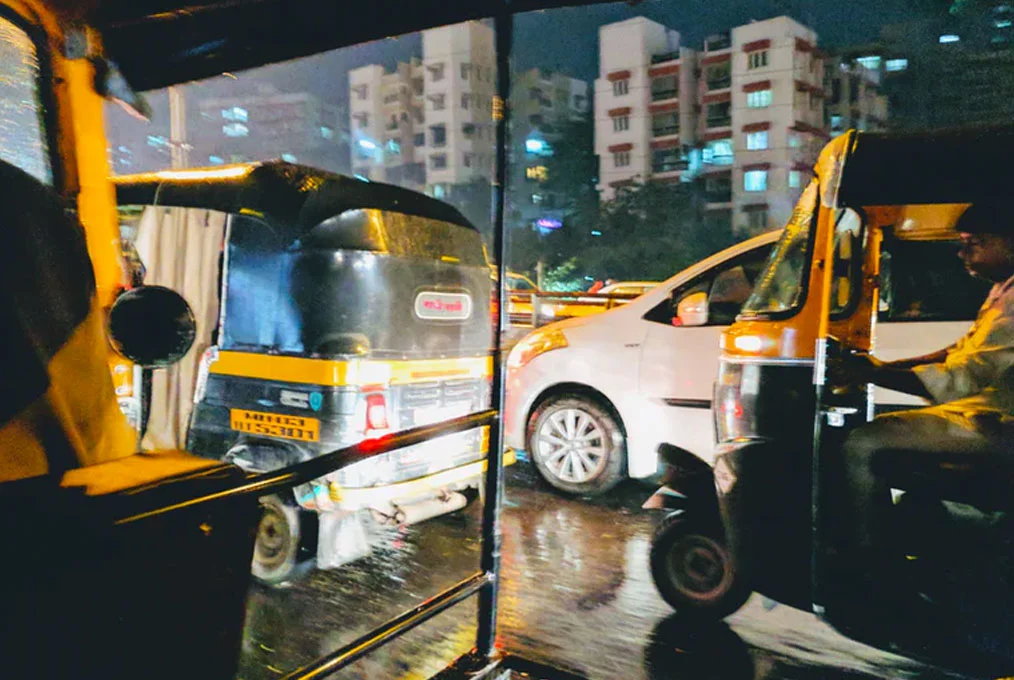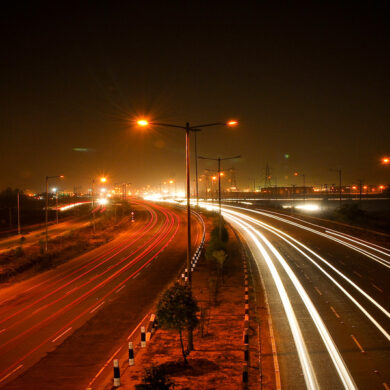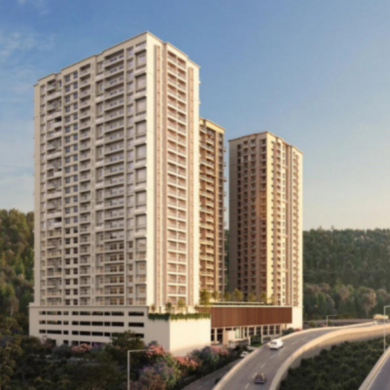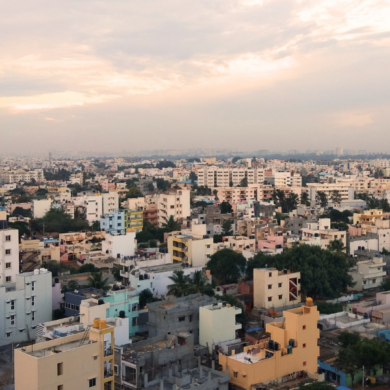
While urbanisation is unstoppable, we can certainly look at solutions that can address some of the challenges of urbanisation. One of the challenges is the growing congestion on the roads. It is increasing by the day. Working people are spending good amount of time while commuting to their workplaces and back home. They get tired, frustrated and angry which takes a toll on their mind and body. This affects their efficiency at work and their overall quality of life.
The question is can we convert this challenge of rapid urbanisation into an opportunity for smart and sustainable growth?
According to a report by Boston Consulting Group (BCG) last year, the level of congestion in Indian cities as compared to cities around Asia is significantly higher, averaging 149%.
If we take an example of Bangalore traffic, it is not only one of the busiest in India, but also one of the busiest in the world. Here, one of the major issues people are facing is the long commute hours to work. While many companies have started allowing their employees to work from home to save time and energy and increase productivity, many consider moving closer to workplace as their first option. As per an estimate, Bangalore alone loses around Rs. 38,000 crore (5.92 Billion USD) every year due to social costs of traffic congestion.
Loss of time, fuel wastage due to traffic snarls, traffic accident costs and environmental footprint are some of the social costs that we need to keep in mind. We cannot stretch time beyond 24 hours a day and it is a well – known fact that traffic takes an average of 162% more time than the same distance travelled during off peak hours.
Most civic agencies in our cities are still focussed on increasing road network and constructing overpass bridges. However, along with these we need to focus on decreasing our car dependence and improving public transport services and other doable Transport Demand Management (TDM) strategies which will help improve the productivity of the work force and reduce social costs of car congestion.
In Bangalore, we see that some of the companies have initiated TDM strategies through carpooling, providing commuter subsidies for public transport, providing company buses as feeder shuttle services connecting the last mile from metro stations to offices.
However, if people start living closer to their workplaces say within a radius of 5 kms, most of these problems stated above can be taken care of. Not only they manage to come to work on time, it is convenient, comfortable and helps in reducing employee carbon footprint and is most cost-effective solutions to address road congestion.
Of course, this solution alone will not help manage all the issues around road congestion. We would need better road networks, over bridges and underpasses, better quality public transit systems which are integrated with last mile connectivity to workplaces and public- private partnership to think and implement some of the best TDM strategies.
It is notable what the Future of Flexible Working Survey says, released recently by a job portal, 60% want it to be able to maintain a good work/life balance, while 6.37% want to save on the cost of their commute. Of the respondents (70% fall into the age bracket of 22-30 years), 39% prefer flexible-work hours, 30.98% would like to work from home (WHF) once or twice a month and 6.36% per cent want to work out of their homes every single day.
With the growth of large-scale office spaces, residential apartments have also witnessed a spurt in growth. Good quality homes in the vicinity of workplaces will help people live a better quality of life and help decongest roads.
As appeared on ETRealty.









